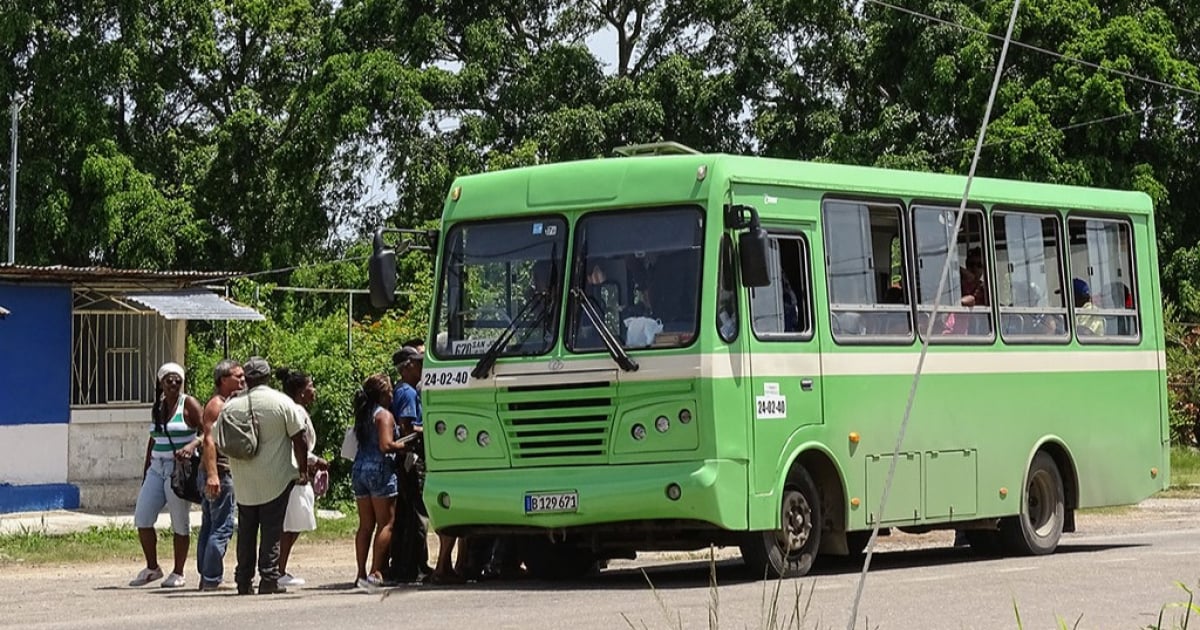The Cuban government has leased 750 buses to private entrepreneurs to help alleviate the ongoing crisis in the island's public transportation system. Eduardo Rodríguez Dávila, head of the sector, explained that the goal of leasing state-owned vehicles to non-state entities was to rehabilitate out-of-service buses that required investment for repairs. The lessees would be responsible for these repairs and the ongoing operational costs to keep the vehicles running.
"By the end of June 2024, 750 buses and 106 minibuses had been leased across the country, with 551 buses (73.5%) and 49 minibuses (46.2%) currently in operation," Rodríguez Dávila detailed on Facebook.
Provinces with the Highest and Lowest Number of Leased Buses
Four provinces account for 61.5% of the leased vehicles: Santiago de Cuba (302), Holguín (289), Granma (223), and Guantánamo (129). The areas with the lowest numbers are: Isla de la Juventud (1), Sancti Spíritus (9), Mayabeque (15), and Artemisa (17).
The official acknowledged that the leased vehicles have played an active role in both local and national transportation. However, he criticized the model for creating disorganization, irregular access to fuel and other materials, lack of discipline, and deregulated pricing. "This last issue creates confusion among the population since these are state-owned vehicles," he said.
Rodríguez Dávila emphasized the need to "resolve these irregularities" and announced upcoming actions "to bring order to this important alternative."
Common Questions About the Leasing of Buses in Cuba
To provide clarity on the leasing of buses to private entrepreneurs in Cuba, here are some frequently asked questions and their answers:
Why did the Cuban government decide to lease buses to private entrepreneurs?
The Cuban government leased buses to private entrepreneurs to rehabilitate out-of-service vehicles that required repairs and to alleviate the public transportation crisis on the island.
How many buses and minibuses have been leased, and how many are operational?
As of June 2024, 750 buses and 106 minibuses have been leased, with 551 buses (73.5%) and 49 minibuses (46.2%) currently operational.
What issues have arisen from leasing these state-owned vehicles?
The issues include disorganization, irregular access to fuel and materials, lack of discipline, and deregulated pricing, which has caused confusion among the population.
